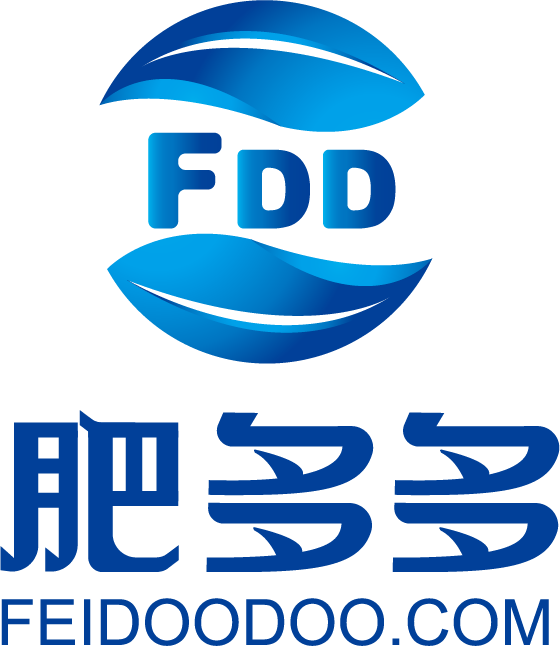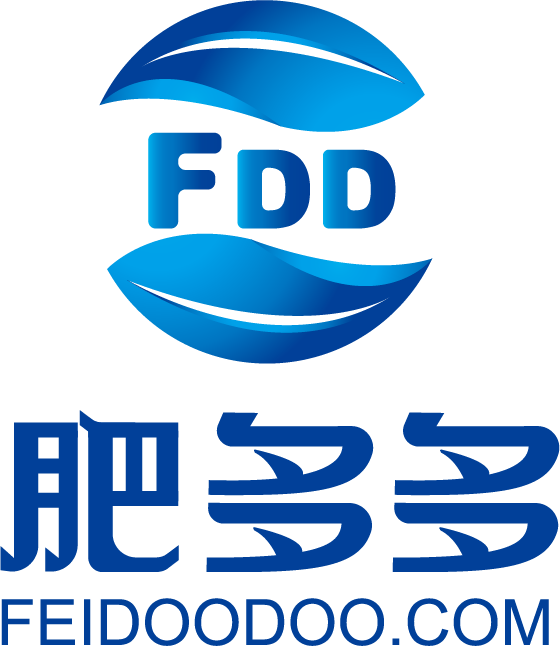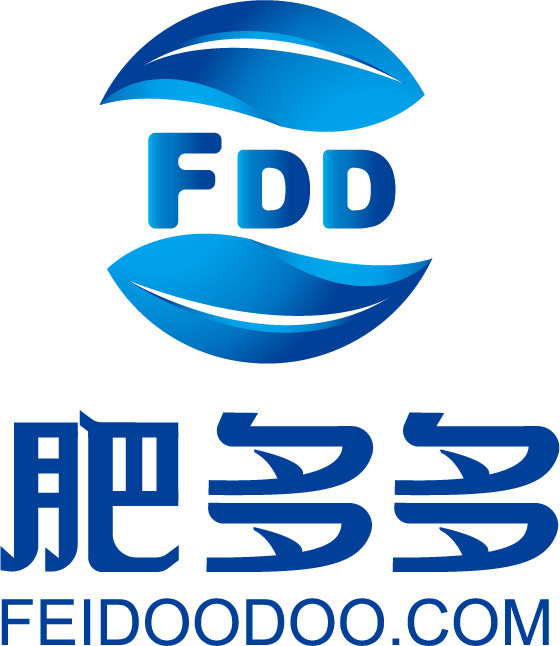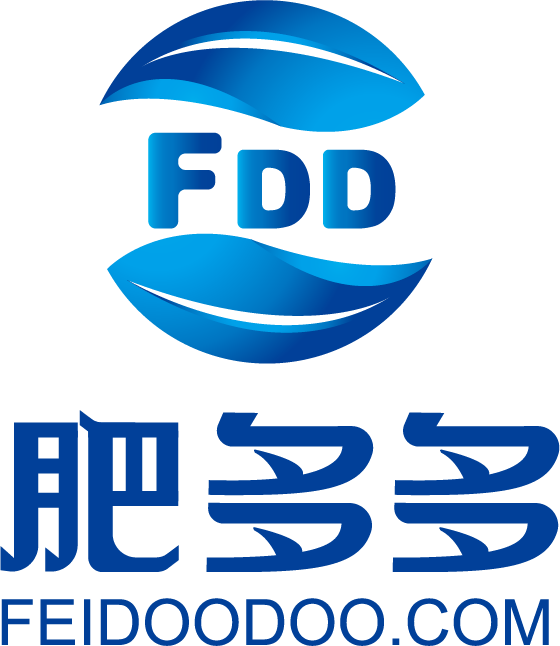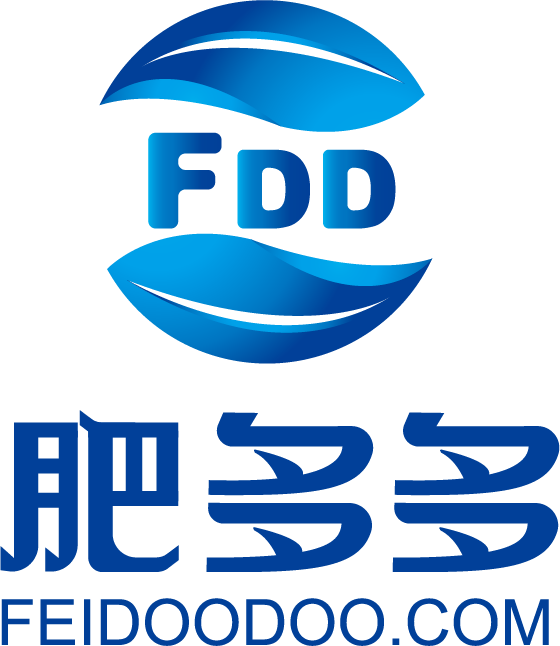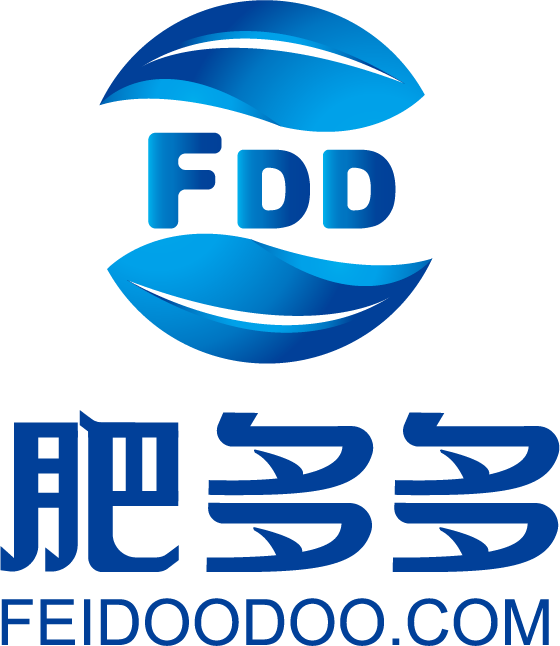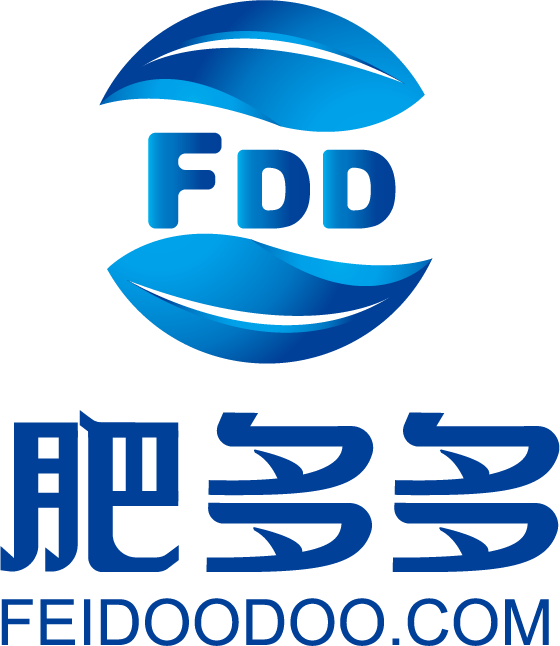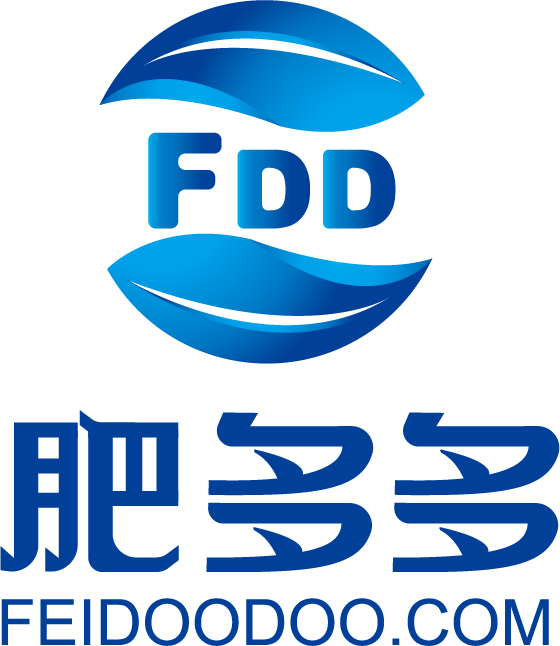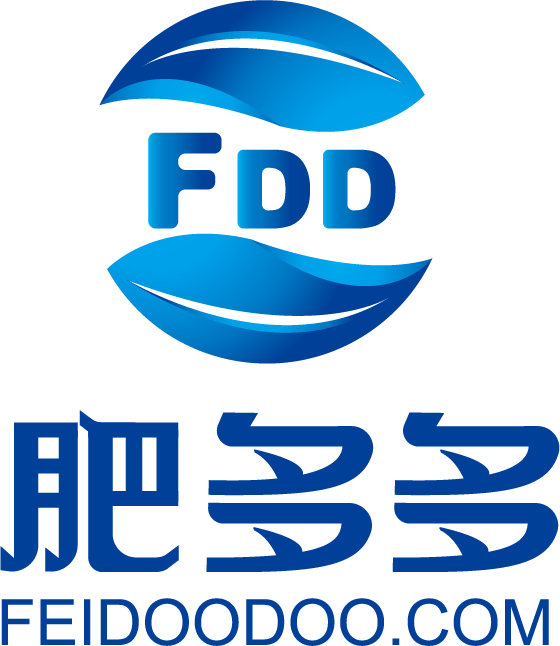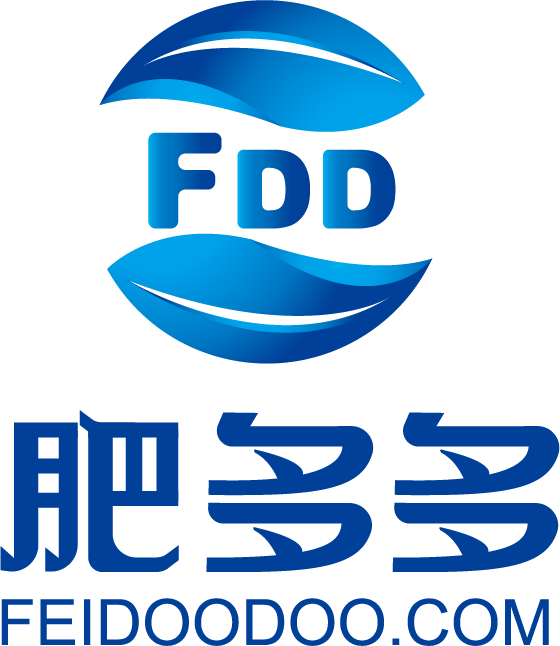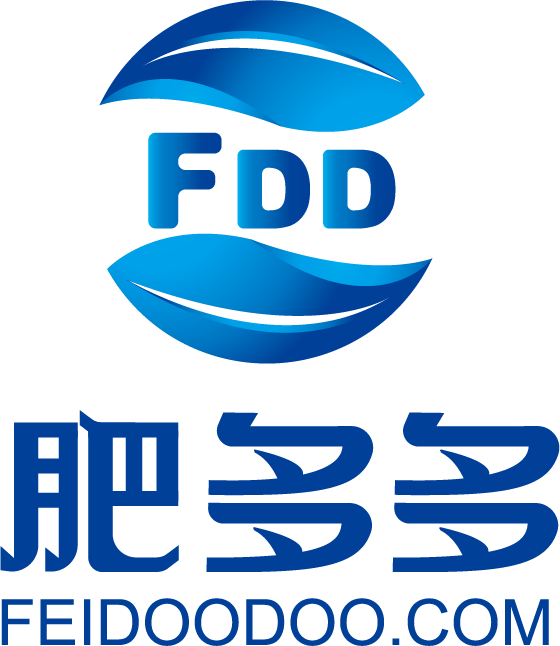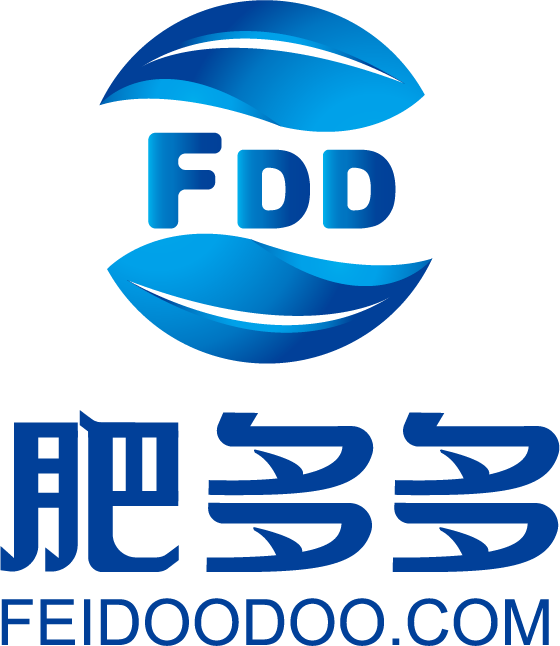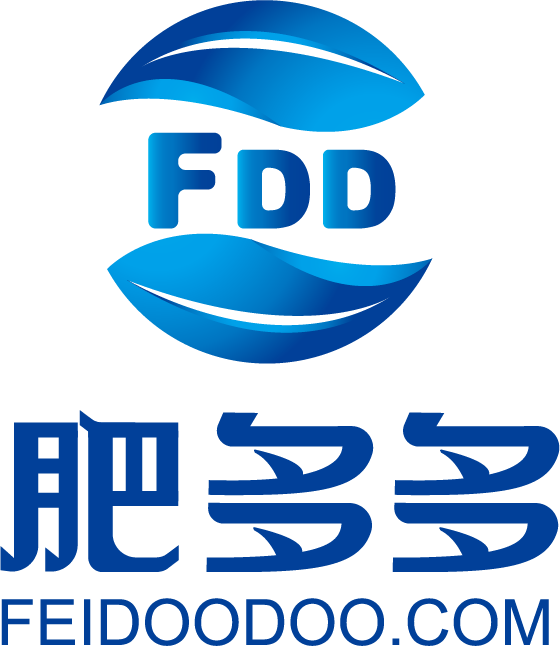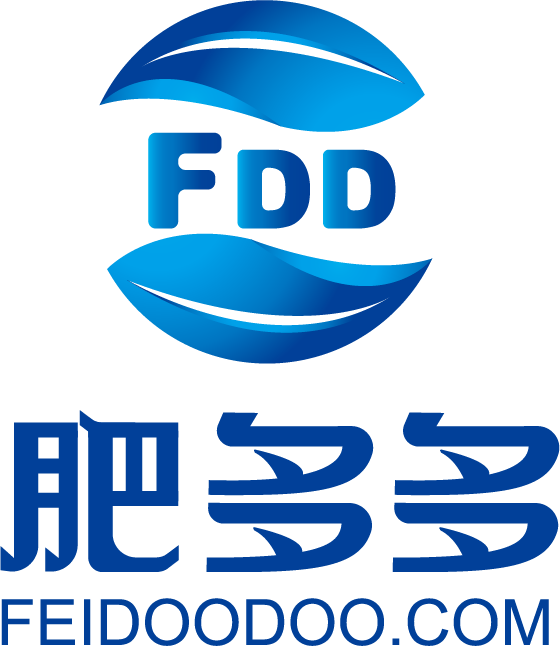- This week, the domestic urea market saw improved sentiment and active trading post-holiday, with enterprises gradually increasing their prices. The small granular urea price index averaged 2306.04, a 2.79% increase from last week. Agricultural demand remained strong, driving continuous fertilizer restocking, while industrial demand from compound fertilizer factories also contributed to high demand. Despite some resistance to high prices from downstream enterprises, overall market conditions were favorable. Urea production decreased slightly due to ongoing maintenance, leading to tight spot supply. The futures market experienced narrow fluctuations, supported by stable spot prices. The compound fertilizer market remained stable with minor adjustments, while the melamine market saw slight declines. International urea prices increased, particularly for FOB China and Baltic small granular urea. In the short term, the urea market is expected to maintain stability with limited downward adjustments.
- The domestic urea market saw a slight increase in the small granular urea price index to 2318.00, with a daily rise of 0.12% but a year-on-year decrease of 3.54%. Urea futures experienced narrow fluctuations, with the main contract UR409 closing at 2118 yuan/ton. The spot market remained stable, with slight price increases driven by steady enterprise quotations and tight market supply. Despite strong support from reduced supply and strong demand expectations, high prices face resistance from policy controls and downstream sentiment. The market is expected to maintain stability with limited downward adjustments in the short term.
- The Monoammonium Phosphate (MAP) market saw slight price increases, with good order intake and tightening supply supporting optimistic sentiment. The price index for 55% powder MAP rose to 2903.75. The Diammonium Phosphate (DAP) market remained stable, with stable prices for 64% granular, 60% brown, and 57% content DAP. The market faces increasing costs and flat demand, maintaining a cautious wait-and-see attitude. Both MAP and DAP markets are expected to continue stable with slight fluctuations in the short term.
- On May 7, 2024, domestic soda ash prices remained stable, with light and heavy soda ash prices varying by region. The market maintained a balance between supply and demand, with enterprises fulfilling existing orders and new orders mostly at low prices. In the futures market, the main soda ash contract SA2409 showed a slight intraday increase, closing at 2227 yuan/ton. Despite a temporary rise, market sentiment weakened due to stable spot prices, limiting further upward movement. With some enterprises adjusting operating rates and downstream inventory resistance to high prices, the soda ash market is expected to maintain stability with slight fluctuations in the short term.
- On May 7, 2024, the domestic 5mm float glass market remained stable, with regional variations in price adjustments. The float glass price index slightly decreased to 1524.31. The main glass futures contract FG2409 showed a significant intraday increase of 2.04%, closing at 1604 yuan/ton. Post-holiday restocking and positive market sentiment contributed to price stabilization, although midstream arbitrage restocking may lead to selling pressure if positive feedback halts. The real estate policy adjustments provided supportive benefits, suggesting that the float glass market will continue to stabilize with monitored spot market responses.
- On May 8, 2024, the small granular urea price index increased to 2315.27, reflecting a 0.70% daily rise but a 4.11% year-on-year decrease. The urea futures market saw a significant decline, driven by sentiment cooling from top-level controls, with prices fluctuating between 2095 and 2125. In the spot market, urea prices continued to rise slightly due to strong fundamentals and ongoing pre-ordered shipments, with regional price increases across China. Despite cautious trading sentiment, strong agricultural and industrial demand supports the market. Short-term urea prices are expected to remain stable with limited further increases.
- On May 8, 2024, the Monoammonium Phosphate (MAP) market remained stable with prices for 55% powder, 55% granular, and 58% powder MAP unchanged. The market saw improved follow-up and a positive atmosphere, driven by firm enterprise sentiment and concentrated agricultural demand. The Diammonium Phosphate (DAP) market also remained stable with no significant price changes for 64% granular, 60% brown, and 57% content DAP. Despite stable quotations and high raw material prices, the DAP market experienced cautious sentiment and a calm trading atmosphere. In the short term, MAP prices are expected to adjust upwards, while DAP prices will likely remain stable with minor fluctuations.
- On May 7, 2024, the small granular urea price index rose to 2299.23, reflecting a 0.94% daily increase but a 5.28% year-on-year decrease. The urea futures market saw the UR409 contract fluctuate between 2122 and 2189, closing at 2126 with a 0.81% increase. In the spot market, domestic urea prices continued to rise post-holiday, supported by pending orders and positive sentiment despite resistance to high prices. Regional prices varied, with notable increases in East and Central China. Overall, short-term supply remains tight, and industrial demand is strong, though the increase in urea prices is expected to stabilize with limited further gains.
- On May 7, 2024, the Monoammonium Phosphate (MAP) market saw slight price adjustments with a price index increase for 55% powder MAP to 2901.25, while granular and 58% powder MAP remained stable. Market conditions improved with better sentiment, low operating loads, and stable to rising raw material prices. The MAP market is expected to remain stable with slight fluctuations. The Diammonium Phosphate (DAP) market showed minor price declines with the 64% granular DAP index at 3828.33. The market atmosphere is cautious with stable prices and slightly increasing raw material costs. The DAP market is also expected to stabilize and fluctuate slightly in the short term.
- In April 2024, China's urea production reached 5.4703 million tons, marking a 3.70% month-on-month decrease but a 5.66% year-on-year increase. The cumulative production from January to April 2024 totaled 21.5791 million tons, an 11.06% increase compared to the same period last year. Despite numerous short-term equipment stoppages for maintenance, the industry maintained high operating rates with little change in daily production. The average daily production in April was 182,300 tons. The monthly average operating rate of the urea industry was 84.68%, showing slight increases from both the previous month and the same period last year. Overall, the urea industry's operating rate remained robust, with minimal impact from maintenance activities.
- This article provides an overview of the urea market, focusing on price trends, futures market performance, spot market analysis, and future market forecasts. It highlights the stability in urea prices with a slight increase in the domestic market, attributed to enterprises executing pending orders before the holiday period. The analysis covers regional price variations and discusses factors influencing market dynamics, including supply, demand, and manufacturing activities. The forecast suggests continued stability with minor fluctuations in urea prices in the short term, indicating a consolidating market trend.
- Today's assessment of the phosphate fertilizer market reveals a stable trading environment with prices maintaining their current levels. In the segment of monoammonium phosphate (MAP), prices remain steady as new transactions are sluggish and companies adhere to existing contracts cautiously. Market dynamics suggest limited trading activity with buyers adopting a wait-and-see approach. Demand for MAP remains moderate, with buyers making limited purchases as they monitor market conditions closely. Meanwhile, in the diammonium phosphate (DAP) segment, prices also hold steady with tight supply contributing to stable market conditions. Despite minor fluctuations in raw material prices, overall costs remain relatively high, supporting stable prices in the short term. In summary, both MAP and DAP markets exhibit limited trading activity amid stable prices, attributed to cautious buying behavior and tight supply conditions, indicating a period of consolidation in the near future.
- This review addresses the current state of the monoammonium phosphate (MAP) market, which is characterized by stability in prices despite low operational loads and declining industry capacity utilization. The market is adjusting weakly due to cautious demand and a strong wait-and-see sentiment among traders, with downstream compound fertilizer demand continuing on an as-needed basis. Raw material costs remain stable, which supports current price levels, but the overall market atmosphere is subdued with limited transaction activity. Prices are expected to remain stable or possibly edge downward as the market continues to navigate through a period
- The monthly review of the phosphate fertilizer market reveals a consistent downward price adjustment for both MAP and DAP due to limited domestic and international demand. The MAP market experienced a decline in new orders, leading to downward price pressures as enterprises tried to attract new business amidst poor downstream demand. Similarly, the DAP market saw weak transaction atmospheres and declining prices throughout the month. Maintenance plans and reduced operational rates contributed to a decrease in supply, while the demand side only showed minimal follow-up, largely due to the season ending for major agricultural applications. Export volumes for both fertilizers were significantly reduced compared to the previous year, reflecting the global downturn in demand. Looking forward, both markets are expected to continue their weak performance, with prices potentially adjusting downward slightly due to ongoing supply reductions and subdued demand.
- This daily review focuses on the phosphate fertilizer market, particularly monoammonium phosphate (MAP) and diammonium phosphate (DAP). Both markets experienced stable prices with a minor downward adjustment in MAP. The market atmosphere remains subdued with low transaction enthusiasm and stable to weak demand projections. MAP and DAP are adjusting to a balance of reduced shipments and stable raw material prices. With the agricultural demand cycle concluding its peak phase and industrial demand not picking up significantly, the markets are not showing signs of robust activity. Prices are expected to continue their weak but stable trajectory, influenced by controlled supply and moderate export activities.
- Mall
- Supermarket
- Supplier
- Integrated logistics
- Warehousing
- Transaction Services
- Expo Services

